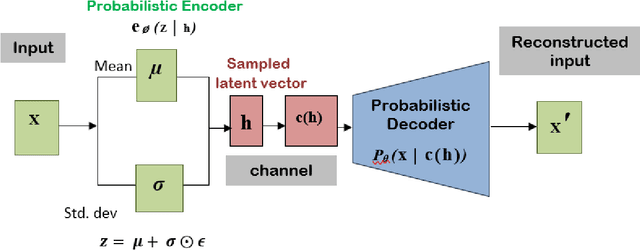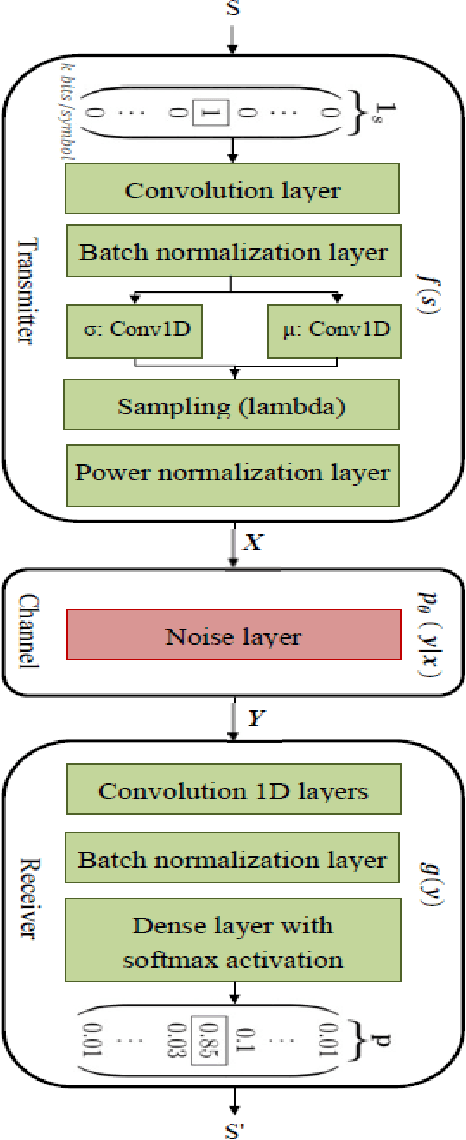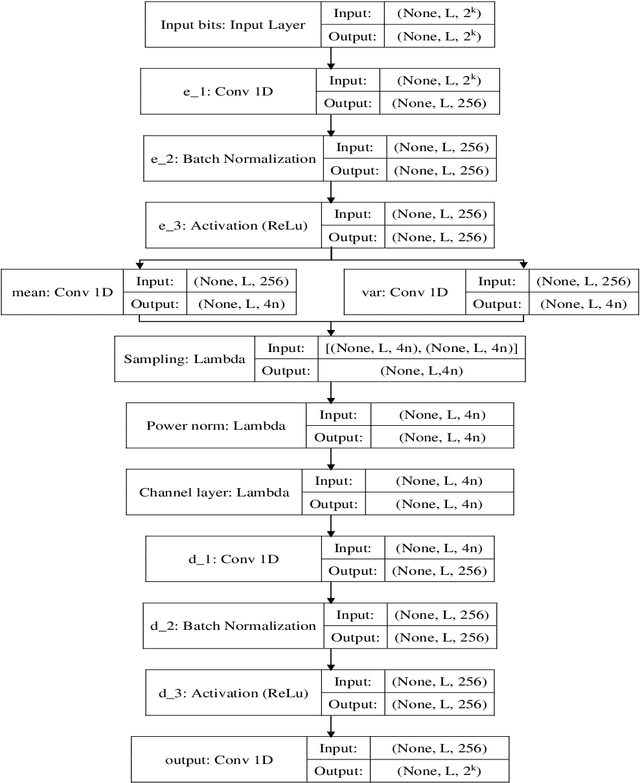Rahul Jashvantbhai Pandya
Deep Learning Enabled Segmentation, Classification and Risk Assessment of Cervical Cancer
May 21, 2025Abstract:Cervical cancer, the fourth leading cause of cancer in women globally, requires early detection through Pap smear tests to identify precancerous changes and prevent disease progression. In this study, we performed a focused analysis by segmenting the cellular boundaries and drawing bounding boxes to isolate the cancer cells. A novel Deep Learning (DL) architecture, the ``Multi-Resolution Fusion Deep Convolutional Network", was proposed to effectively handle images with varying resolutions and aspect ratios, with its efficacy showcased using the SIPaKMeD dataset. The performance of this DL model was observed to be similar to the state-of-the-art models, with accuracy variations of a mere 2\% to 3\%, achieved using just 1.7 million learnable parameters, which is approximately 85 times less than the VGG-19 model. Furthermore, we introduced a multi-task learning technique that simultaneously performs segmentation and classification tasks and begets an Intersection over Union score of 0.83 and a classification accuracy of 90\%. The final stage of the workflow employs a probabilistic approach for risk assessment, extracting feature vectors to predict the likelihood of normal cells progressing to malignant states, which can be utilized for the prognosis of cervical cancer.
Survey on Wireless Information Energy Transfer (WIET) and Related Applications in 6G Internet of NanoThings (IoNT)
Jul 01, 2022



Abstract:This article contains an overview of WIET and the related applications in 6G IoNT. Specifically, to explore the following, we: (i) introduce the 6G network along with the implementation challenges, possible techniques, THz communication and related research challenges, (ii) focus on the WIET architecture, and different energy carrying code words for efficient charging through WIET, (iii) discuss IoNT with techniques proposed for communication of nano-devices, and (iv) conduct a detailed literature review to explore the implicational aspects of the WIET in the 6G nano-network. In addition, we also investigate the expected applications of WIET in the 6G IoNT based devices and discuss the WIET implementation challenges in 6G IoNT for the optimal use of the technology. Lastly, we overview the expected design challenges which may occur during the implementation process, and identify the key research challenges which require timely solutions and which are significant to spur further research in this challenging area. Overall, through this survey, we discuss the possibility to maximize the applications of WIET in 6G IoNT.
Survey on Internet of Things enabled by 6G Wireless Networks
Mar 16, 2022

Abstract:The 6G wireless technology is visualized to revolutionize multiple customer services with the Internet of Things (IoT), thereby contributing to a ubiquitous intelligent society comprising autonomous systems. In this chapter, we conduct a detailed survey on the IoT networks with 6G wireless networks and investigate the trending possibilities provided by the 6G technology within the IoT networks and the related utilization; Firstly, we detail the breakthrough IoT technologies and the technological drivers which are anticipated to strengthen IoT networks in future. Next, we present the relevant use cases detailing the discussion on the role of the 6G technology within a broad spectrum of IoT potential applications. Lastly, we highlight the several research scope and challenges and list the potential research needs and encourage further research within the thrust area of IoT enabled by 6G networks.
A Survey on Technological Trends to Enhance Spectrum Efficiency in 6G Communications
Feb 23, 2022



Abstract:The research community has already identified that, by 2030, 5G networks will reach the capacity limits, and hence, will be inadequate to support next generation bandwidth-hungry, ubiquitous, intelligent services, and applications. Therefore, in view of sustaining the competitive edge of wireless technology and stratifying the next decade's communication requirements both, industry and research community have already begun conceptualizing the 6G technology. This article presents a detailed survey on the recent technological trends which address the capacity issues and enhance the spectrum-efficiency in 6G Communications. We present these trends in detail and then identify the challenges that need solutions before the practical deployment to realize 6G communications. Our survey article attempts to significantly contribute to initiating future research directions in the area of spectrum-efficiency in 6G communications.
AEVB-Comm: An Intelligent CommunicationSystem based on AEVBs
May 19, 2020



Abstract:In recent years, applying Deep Learning (DL) techniques emerged as a common practice in the communication system, demonstrating promising results. The present paper proposes a new Convolutional Neural Network (CNN) based Variational Autoencoder (VAE) communication system. The VAE (continuous latent space) based communication systems confer unprecedented improvement in the system performance compared to AE (distributed latent space) and other traditional methods. We have introduced an adjustable hyperparameter beta in the proposed VAE, which is also known as beta-VAE, resulting in extremely disentangled latent space representation. Furthermore, a higher-dimensional representation of latent space is employed, such as 4n dimension instead of 2n, reducing the Block Error Rate (BLER). The proposed system can operate under Additive Wide Gaussian Noise (AWGN) and Rayleigh fading channels. The CNN based VAE architecture performs the encoding and modulation at the transmitter, whereas decoding and demodulation at the receiver. Finally, to prove that a continuous latent space-based system designated VAE performs better than the other, various simulation results supporting the same has been conferred under normal and noisy conditions.
 Add to Chrome
Add to Chrome Add to Firefox
Add to Firefox Add to Edge
Add to Edge